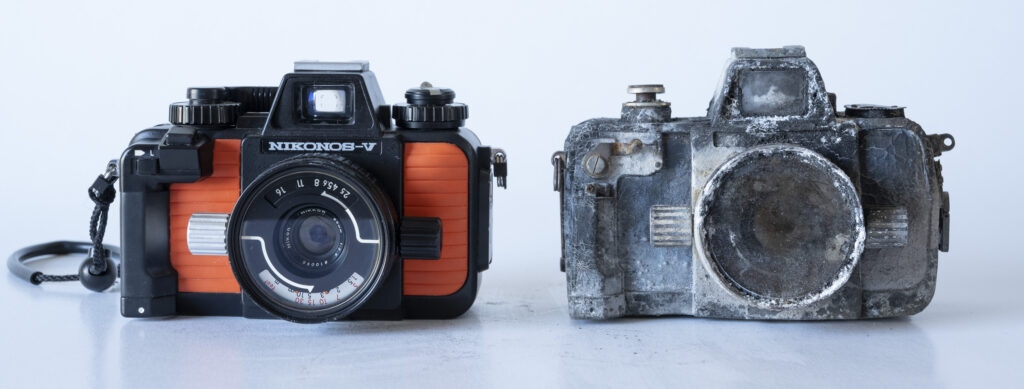
Seven years ago I had the misfortune of loosing all my photography gear to a wild fire. Apart from my digital kit, I had some exposed film and my beloved Nikonos V in my bag. It...
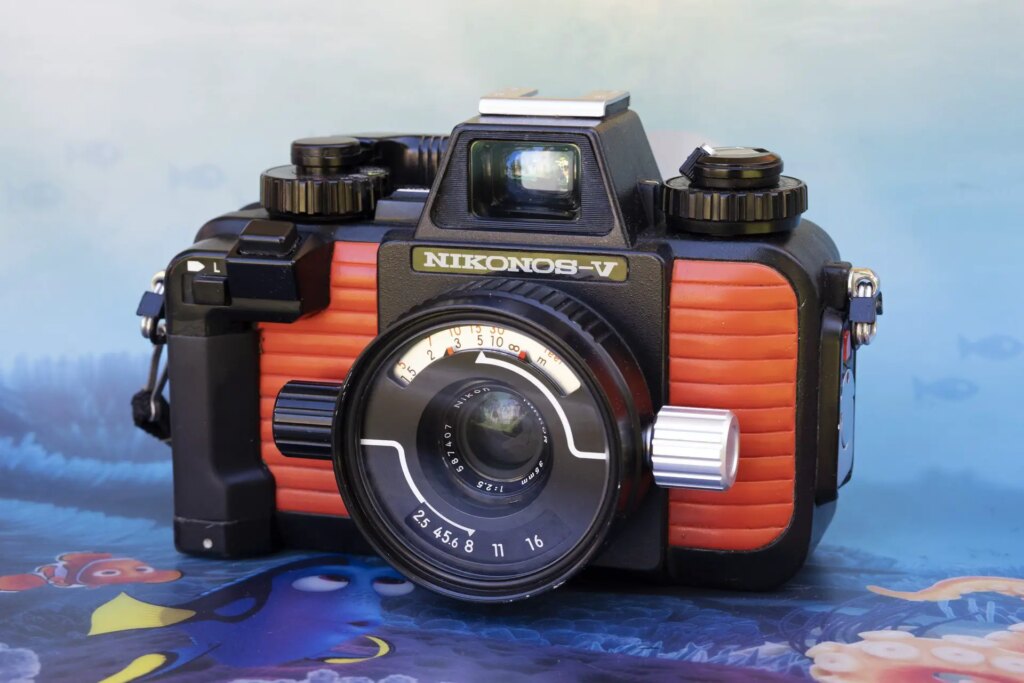
I first encountered the legendary Nikonos cameras in January 1983, when, as a freshly qualified SCUBA diver I spent a couple of weeks diving with family friend Rob Van der Loos,...
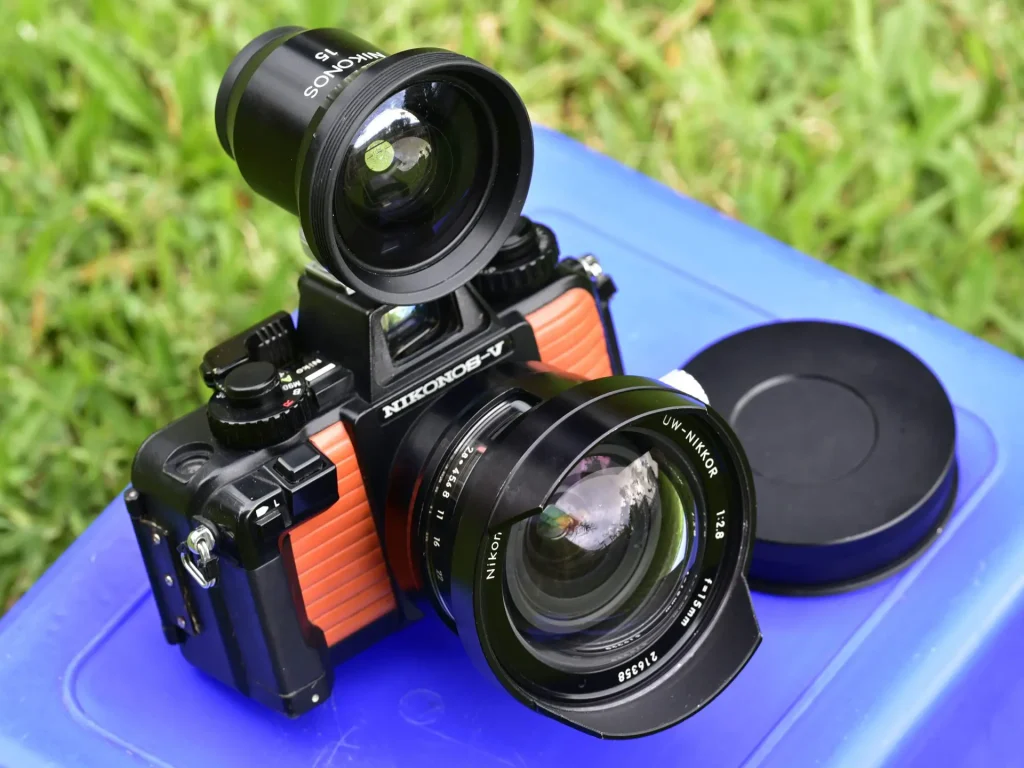
I’ve noticed some interest in the Nikonos cameras on 35mmc and Emulsive so, having used this system a fair bit in the pre-digital era, I thought it might be worth sharing some n...
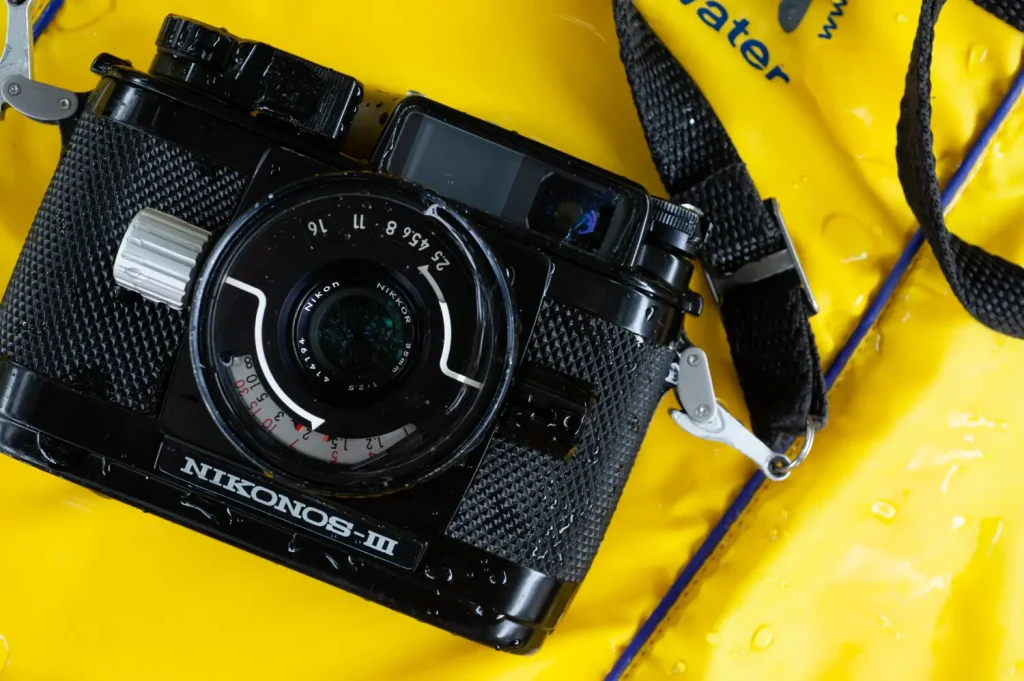
In theory it’s an underwater camera, but probably in 2020 mine shouldn’t go deep-sea diving. Unless I get it serviced and all the O rings replaced I’ll just settle for it being ...
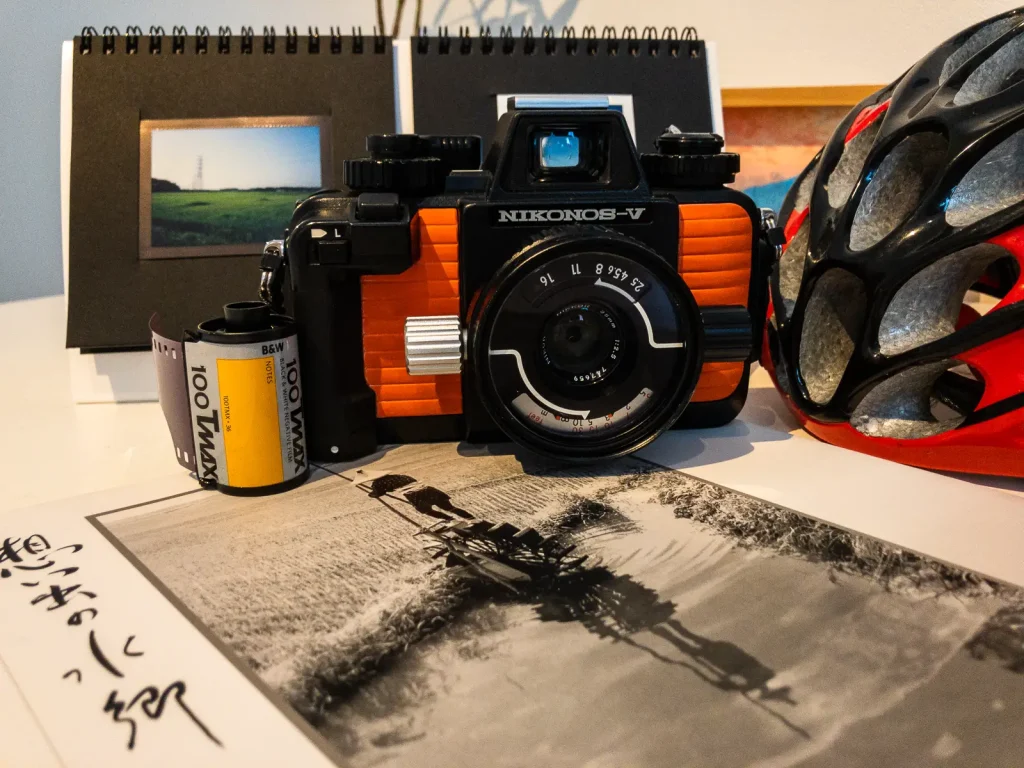
If nothing else, Japan where I make my home, is wet. The rainy season lasts from mid-June to the end of July, typhoons regularly lash the archipelago from August to October, and...
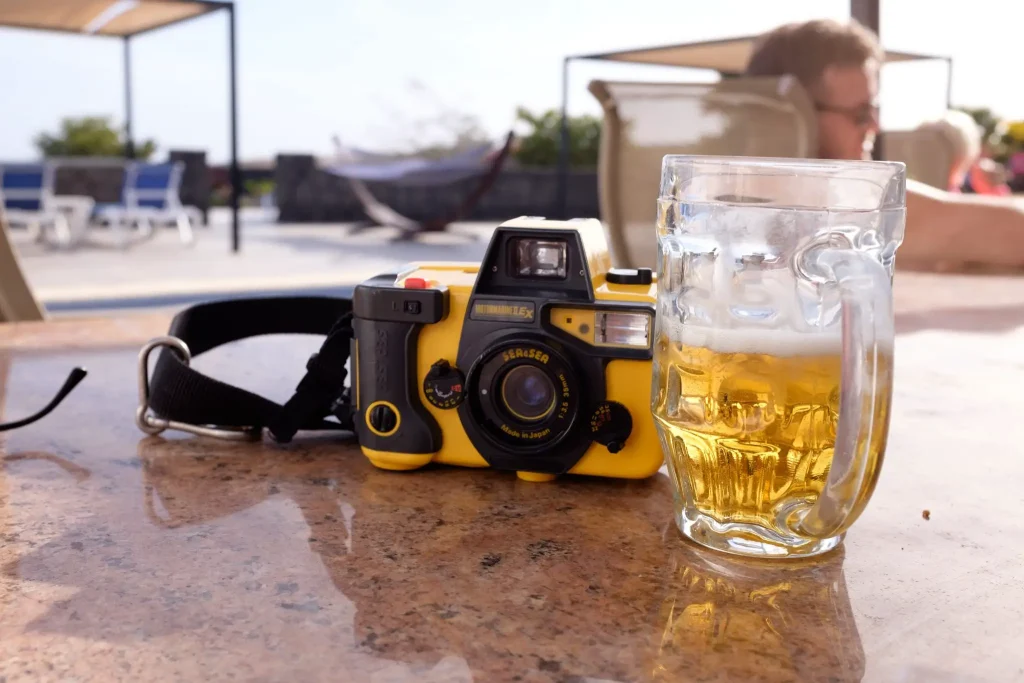
I didn’t buy this camera, I “borrowed” it from my Dad. I wanted a camera I could comfortably take to the beach and in the sea, that could take a bit of an unintentional knock an...
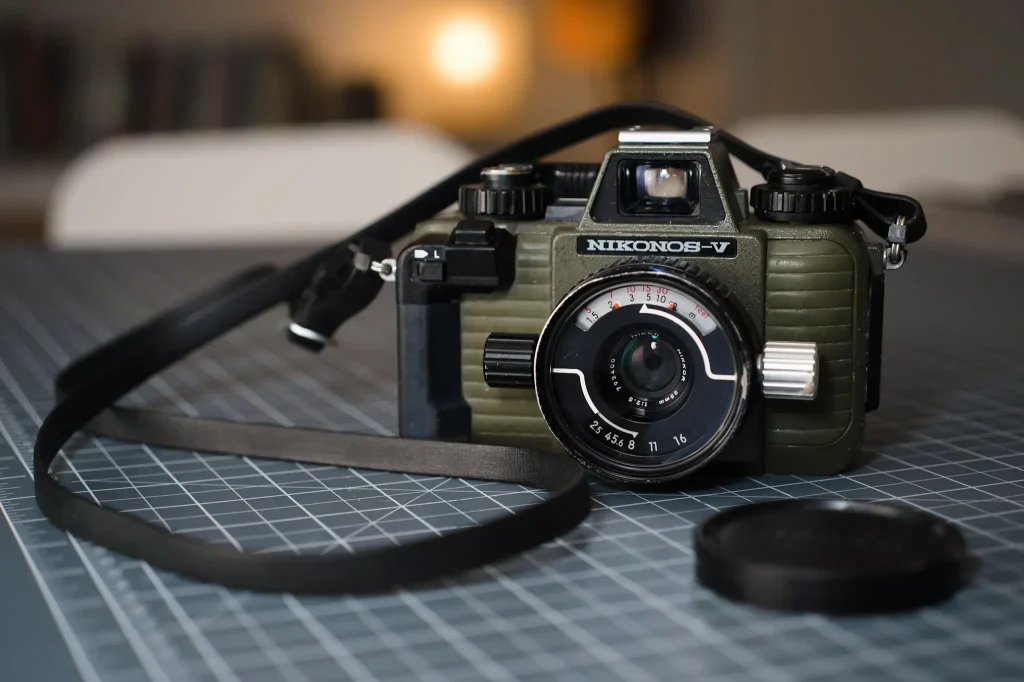
Nikonos V and surfing? You're probably thinking I live in California, Australia or Hawaii but where I surf you're more likely to catch frostbite than a shark bite; this is cold ...
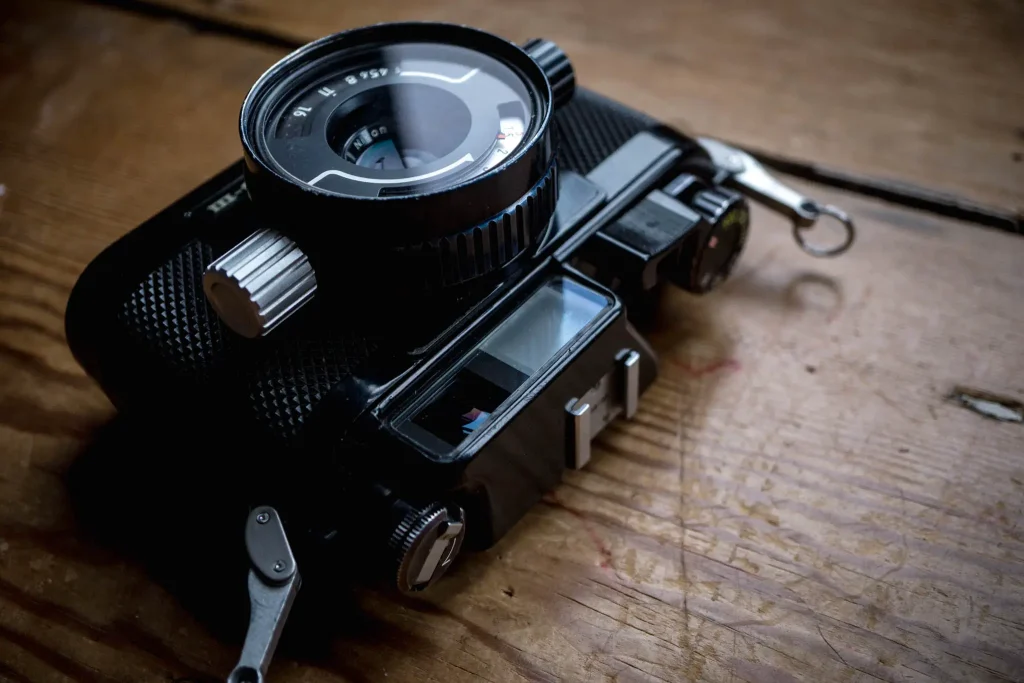
It feels like an age since my summer holiday, but I’ve been so busy with one thing and another that since then I’ve not yet had the chance to write about a fairly brief encounte...







